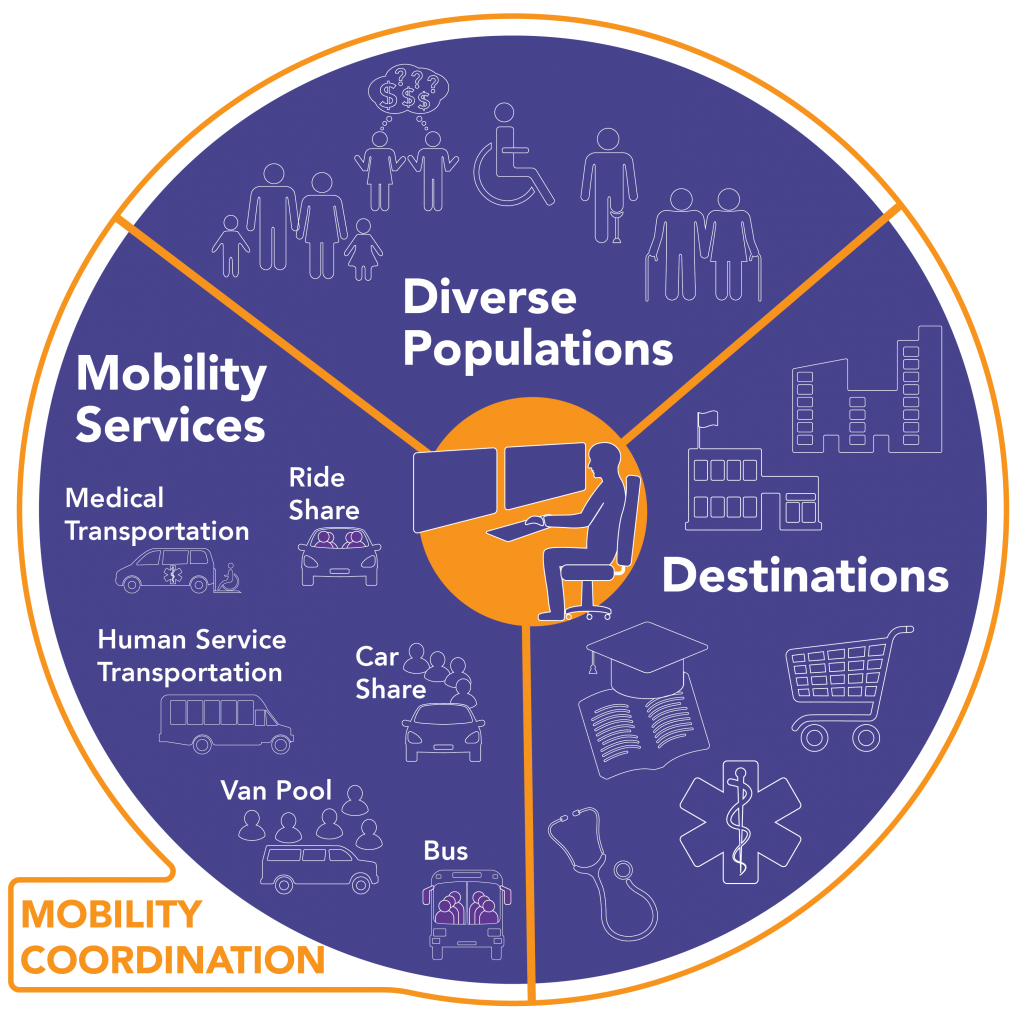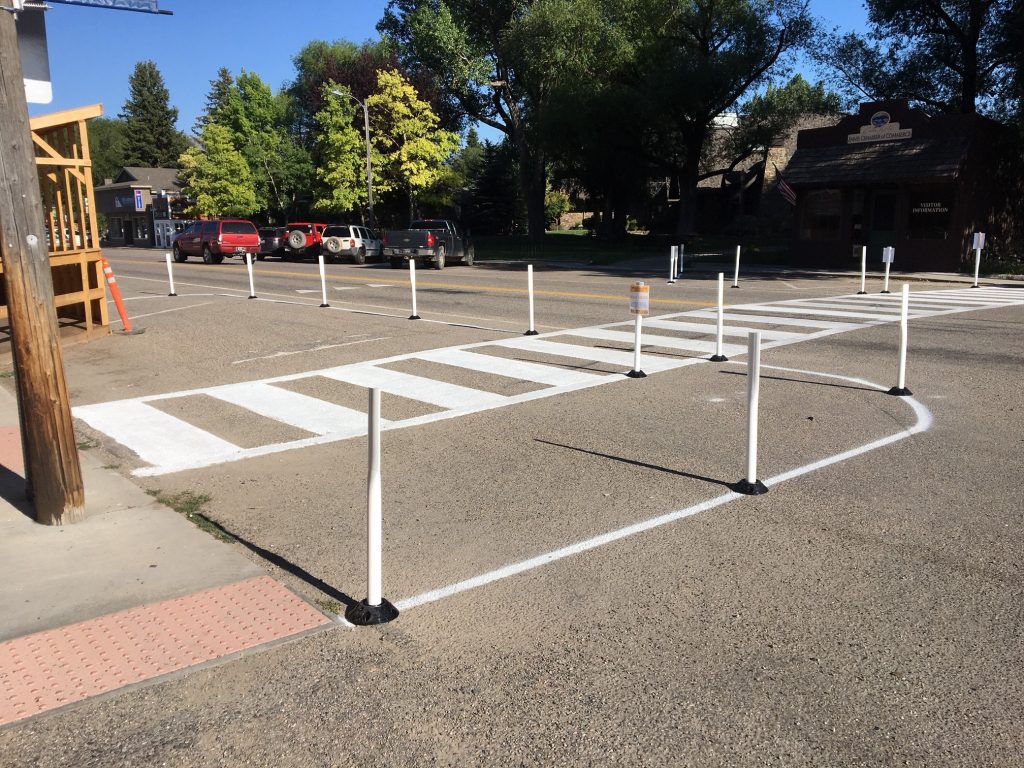Montana LTAP Hits the Ground Running

Montana LTAP has been hitting the roads hard this summer. Director Matt Ulberg and Field Trainer Shawna Page have conducted a variety of trainings in Lewistown, Miles City, Bozeman, Sidney, Billings, Boulder, Kalispell, and Cutbank to name a few. They’ve also hosted classes at four Montana colleges, on the Rocky Boy, North Cheyenne, Crow, and […]
WTI Part of $2.25M Tribal Transport Effort
As part of a consortium that was recently awarded up to $2.25 million from the U.S. Department of Transportation, WTI will provide transportation outreach and technical assistance to tribes across the Upper Great Plains and Intermountain West through the Tribal Technical Assistance Program (TTAP). Led by the Upper Great Plains Transportation Institute at North Dakota […]
IN THE NEWS: City of Bozeman Awarded Grant for Park and Trail Planning
The Bozeman Daily Chronicle reports that the City of Bozeman has received a planning grant from the Safe Routes to Parks Activating Communities. “Bozeman partners with HRDC to hire part-time help for parks planning” describes the collaboration between the City, the Human Resources Development Council, and WTI to gain more input from the public on […]
PROJECT NEWS: A Smart Transit Hub Feasibility Study for Fort Smith, Arkansas

WTI recently completed a feasibility study for a “Smart” transit hub to serve an eight-county rural region in western Arkansas and eastern Oklahoma. The study presents a menu of technologies and programs that help connect people experiencing transportation barriers in rural communities to healthcare, employment, and higher education opportunities. WTI’s Small Urban, Rural and Tribal […]
NPS Introduces Fellows on Transformation Tuesday
As part of its “Transformation Tuesday” series, the National Park Service (NPS) profiled three fellows from the Public Lands Transportation Fellows (PLTF) program who are currently serving NPS units or projects. PLTF Fellows are assigned to a federal land unit for one to two years, where they lead or support projects that enhance transportation options […]
In the News: Ennis Traffic Calming Project Featured in Local News

The Madisonian, a newspaper for Montana’s Madison Valley, reports on a completed WTI research study in a recent feature article. “Traffic calming data released” summarizes the findings of a traffic calming project in Ennis, Montana, for which WTI and the Montana Department of Transportation collaborated on a “pop-up” installation of curb extensions and other strategies […]
On the Road to Safety – Engaging Partners at National Events
Improving safety on rural roadways is a multi-faceted challenge – to make progress, it helps to collaborate with many partners. WTI’s Jaime Sullivan, who is also the Manager of the National Center for Rural Road Safety, has been on the road in recent weeks meeting with key safety partners at national meetings and conferences. At […]
Update from TRIPTAC
TRIPTAC – Transit In Parks Technical Assistance Center To date, after almost four years of providing technical assistance to Federal Land Management Agencies (FLMAS), TRIPTAC has responded to over 240 requests from all FLMAs (NPS, BIA, BOR, BLM, USFS, USFWS, Army Corp of Engineers) and multiple state, local, and non-profit partners in 40-states plus the […]
